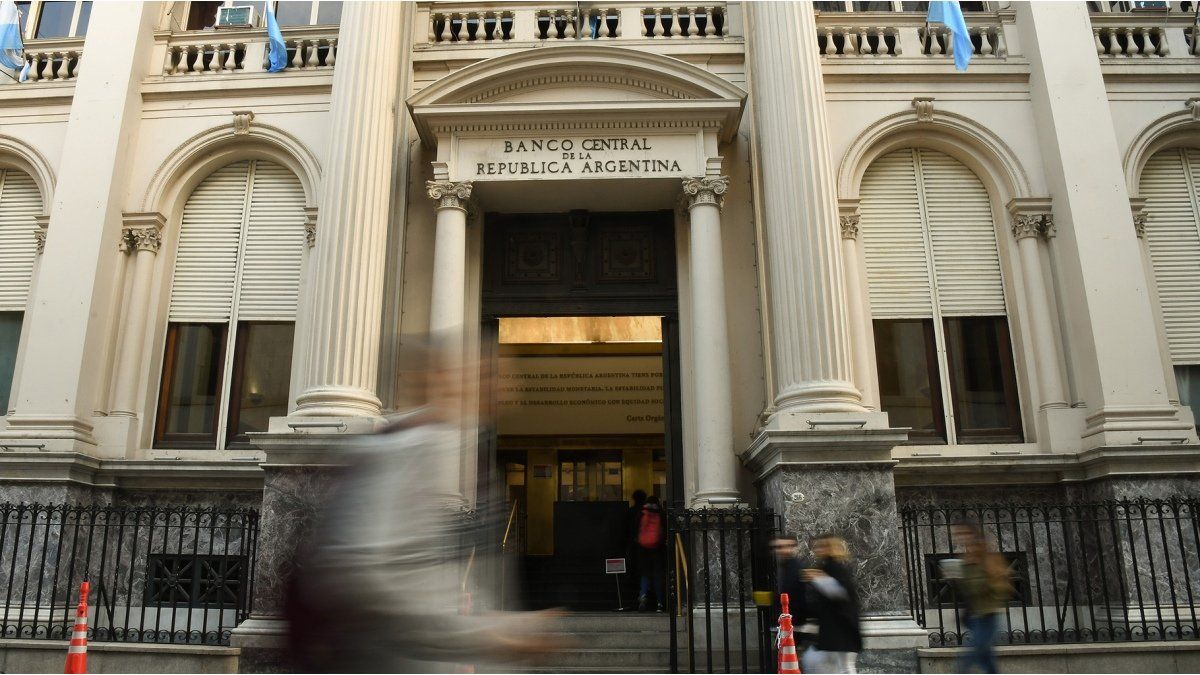The pressure on the agency comes at two levels: in principle by raising the monetary policy rate by yielding 6.5% of monthly TEM, which was negative for the second consecutive month. Secondly, the monetary authority will be encouraged to increase the rate of devaluation of the exchange rate.
What will happen to the Fixed Terms
For savers, this is a “wait and see” week through at least Thursday. Although there are several market speculations that the Central will raise the rate, it is never confirmed until the last moment. In fact, last month, after inflation in February reached 6.6%, they decided to raise the nominal annual rate (TNA) from 75% to 78% despite initial doubts.
According to the latest report from Ecolatina, the The first quarter left a higher floor for the rest of the year, where we will continue to see high and persistent inflation, fueled by strong inertia, increasing indexation and shortening of contract terms, together with the lack of anchors: there will be new increases in public service rates, a crawling peg that will not be able to slow down and parities that will exert pressure in the election year . To this will be added the impact of import restrictions on the availability of goods and the impact of the “agro dollar” on goods in the food basket.
All this in the midst of the uncertainty that the electoral transition will printwith potential tensions regarding the gap and devaluation expectations that would exert additional pressure, exacerbated by the pronounced impact of the drought on the availability of foreign currency and in the face of a “Fair Prices” program that will have little influence on this dynamic.
In this context, inflation expectations for 2023 will show an increase, consolidating a floor of 110% for the year.
Will the Central raise the rate?
The economist Federico Glustein questions this possibility because he considers that the BCRA “will try to evaluate the inflation projections for April before raising the rate again.” Thus, he says that he sees it as unlikely that the rate will rise this month and explains that this is also justified by the fact that the TEA is still above the inflation projection of 105% for the year.
Glustein anticipates that, with the inflation data for April on the table, there would surely have to be an adjustment in rates, because the annual projection could rise. “The issue is that, if each time the inflation data is higher, the rate is raised, it ends up being a regressive policy,” he explains. Thus, he considers that, if he adjusts the yields of the fixed term in pesos upwards, he will do so conservatively (around 200 basis points) and believes that “for it to make sense, he should make an adjustment of 500, at least ”.
For Salvador Di Stefano, the monetary policy rate in April is expected to be above 80.0% yearly to equate the yields of fixed term with inflation. Otherwise, there will be an aggressive process of portfolio dollarization, which could generate a greater demand for dollars and negatively affect the economy.
Who beat inflation?
Those that did perform well the previous month were those that placed in inflation-adjusted instruments such as UVA Fixed Term. The same for those who also invested in February.
However, those who bet on the blue dollar lost (5.3% against inflation of 7.7%). This was not the case of those who bought from the MEP, who obtained a rise of more than 10% in March. Therefore, in the accumulated of 2023, the MEP dollar is closer to matching inflation (21.7% accumulated) like the CCL, while the fixed term, the official dollar and the blue dollar have lagged behind. several points below the CPI.
A separate mention deserves Bitcoin, which for those riskier investors had a cumulative rise of 83%.
Source: Ambito




